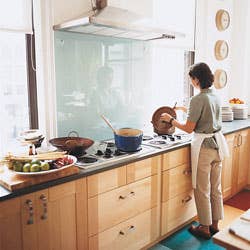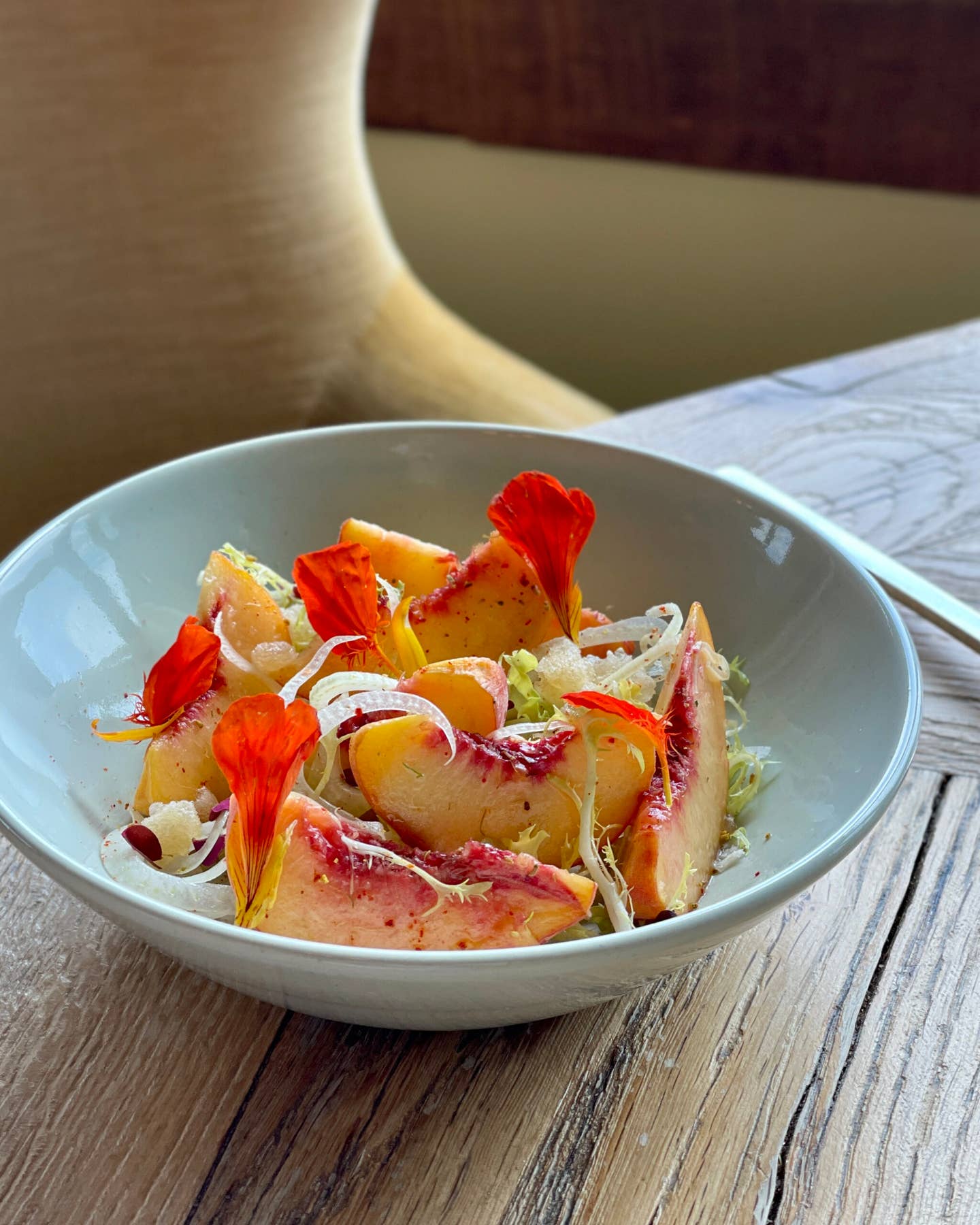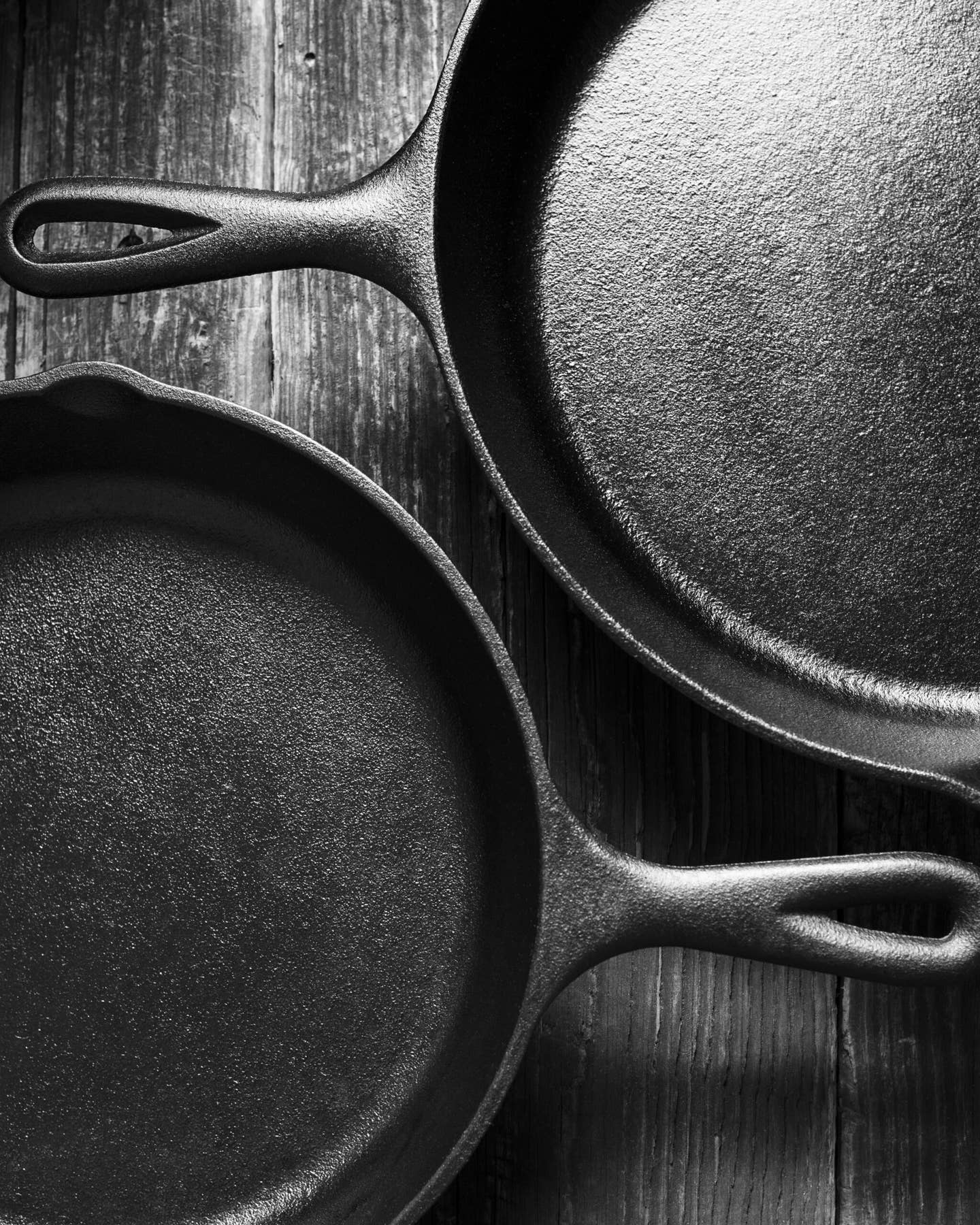
Secrets of the SAVEUR Kitchen, Part III
Part III: Recipe Testing—Learn about the tools of the trade and how these inexpensive but handy gadgets can make a difference in how the recipe will turn out.
After the recipes that we plan to run in the pages of SAVEUR have been researched and ingredient substitutions or cooking method changes made when necessary, we start the fun task of testing each of them in the SAVEUR kitchen. Lots of people ask us how many times we test a recipe, and the answer is simple: as many times as it takes to make the finished dish accurate, authentic, and, above all, delicious. To that end, we've been known to test the same recipe five or six times in a single afternoon. That's when our love of food and our curiosity about both the science of ingredients and the entire cooking process come in awfully handy.
In the test kitchen, though, we often have to fight against our instincts. In fact, the nuts-and-bolts process of testing recipes runs counter to many of the things we've been taught as cooks trained in culinary schools and restaurants. Instead of striving for speed and repetition, we focus on the smallest details and the difference they make in a recipe if they're altered. If we simmer the tomato ragu over medium-low heat instead of gently boiling it over medium heat, how will its viscosity be affected after ten minutes on the stove? Or, how can we smoke potatoes the most successfully in a home kitchen using everyday equipment? Most people wouldn't think twice about questions like these, but they're the kind of thing that keeps us awake at night.
Here are a few recipe-testing tips that may prove useful to home cooks too.
Consider investing in a few of the tools of our trade, such as a digital scale and a kitchen timer. A digital scale assures accuracy in the weighing of large ingredients like meat and fish and also helps to confirm volume measurements. A kitchen timer—inexpensive and easy to use—not only keeps you from scorching those crisp fried clams but helps to regulate cooking times, even when you get distracted.
Have on hand a trustworthy source for measurement conversions. A good one to use is www.onlineconversion.com, which can quickly convert a world of measurements, including volumes, weights, and temperatures. It will be worthwhile if you're working with recipes that originate outside of the United States.
Always use dry measuring cups for dry ingredients like flour and sugar and wet measuring cups for wet ingredients like tomato sauce and buttermilk. For accuracy, use a table knife to level off dry ingredients. Also remember that many of the measuring tools on the market today may look slick, but they're not always precise. For our money and time, we trust the old-fashioned, simply designed ones and leave the fancy versions to other cooks.
Pay attention to the small details; they may seem minor, but they'll make a major difference. If a recipe mentions that the butter should be softened or the eggs at room temperature, follow those instructions.
Keep Reading
Continue to Next Story










